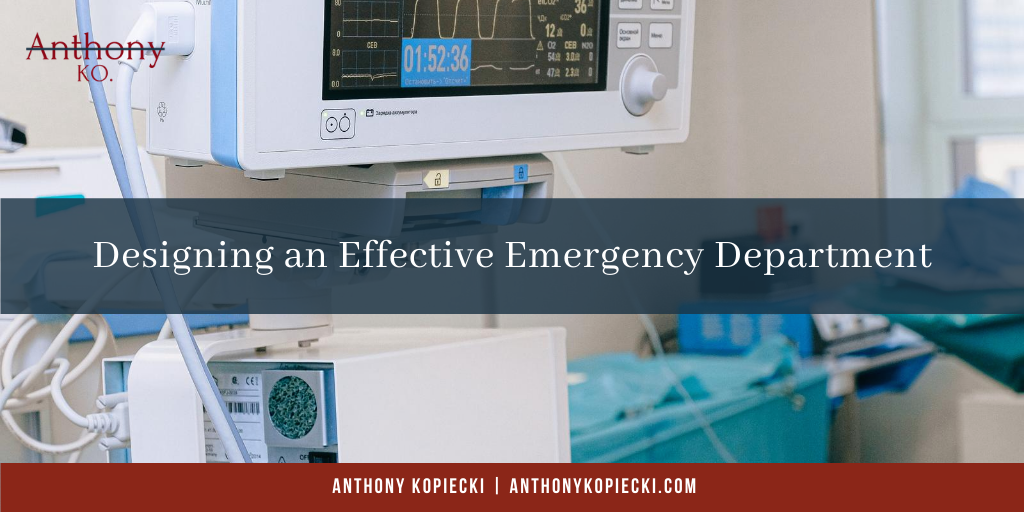Hospital emergency rooms are the first places people head to when they believe their illness or injury is too serious for a doctor’s visit. Sometimes, EDs are overused by the local community, a trend that has been helped by the emergence of urgent care providers and telehealth. In order to accommodate all patients that visit emergency rooms on a daily basis, many hospitals are expanding and renovating. By having larger waiting areas and more rooms to accommodate patients, you can make things easier for everyone around. These features allow the medical staff to work efficiently and create a safe environment for patients. Here some things to put into consideration when designing an effective emergency department (ED).
Waiting Area
Most of the time patients will have to sit in the waiting area until their name is called, sometimes for more than an hour. For some, this may not be an issue but it is for those who may be in discomfort. No matter the seriousness of a patient’s illness or injury, they are usually all told to wait in the same area. By creating separate areas for those who may need to lay down and those who can sit without pain while waiting, the overall mood of the waiting room can be managed. Watching others in pain can create increased stress for the waiting patients, making the atmosphere extremely tense. Providing adequate space and flexible seating/lying down space can improve the atmosphere. Adequate space also allows family members to come in to comfort their loved ones, so including an area where they can wait while a patient is being taken back can also benefit everyone while eliminating the negative association of waiting rooms.
Improved Rooms
Moving towards single rooms for patients can provide privacy for patients and help prevent the spread of illness or infections. The patient experience is very important and sharing a room with another individual can make some people uncomfortable. Depending on the circumstances, sharing rooms could be efficient for those with acute injury or illness. If it’s likely that a patient will be treated fast and sent back home, then shared rooms may be a good option. Many EDs have sections of rooms that can accommodate patients based on their needs. Sometimes there are open rooms without the proper equipment for someone who is waiting to be treated. By creating more flexible rooms more patients can be seen in a timely manner.
Staff Efficiency
There’s no way to tell how many people will need to be treated in an ED so staffing may be difficult. Working in pods requires staff to stay in their designated one, no matter the number of patients needed to be treated. Consider using a more linear approach, where staff can be assigned to specific patients and not just a section of the ED.


